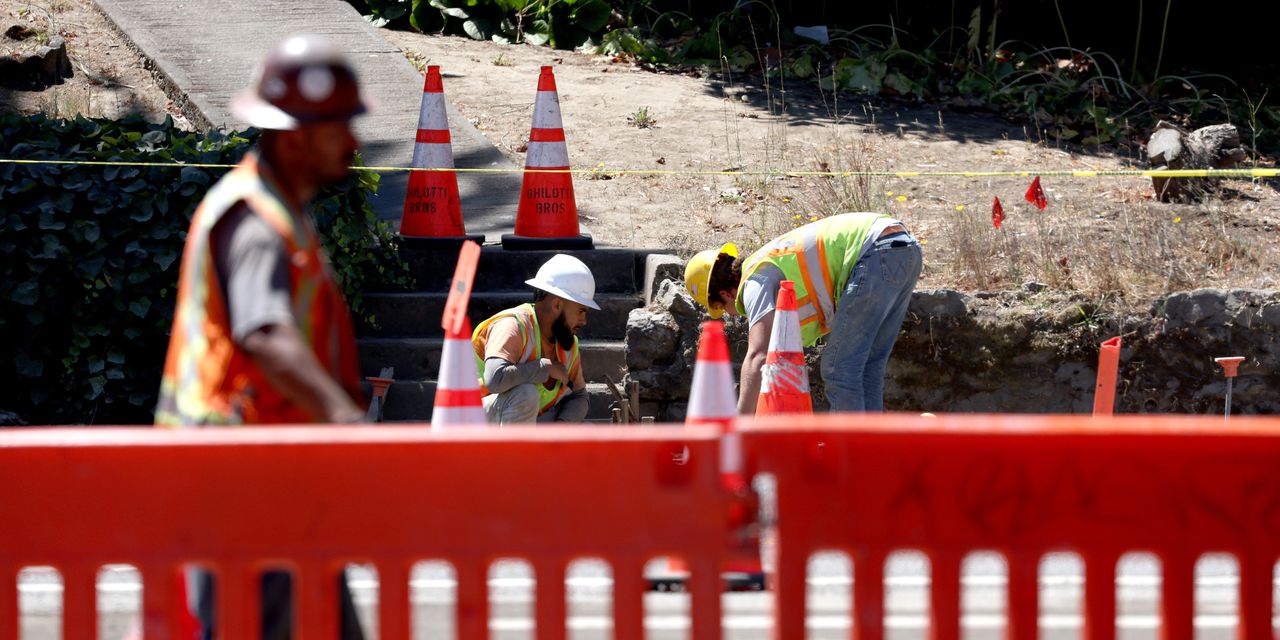The numbers: U.S. productivity rose at a 0.3% annual clip in the third quarter, the government said Thursday. That’s the first gain after two straight sharp quarterly declines.
Economists surveyed by MarketWatch had projected a 0.5% increase.
Over the past 12 months, U.S. productivity declined at a 1.4% pace. That’s one of the weakest readings since World War II, said Lydia Boussour, senior economist at EY Parthenon.
Key details: Output in the third quarter rose 2.8%. Hours worked rose 2.4%.
Unit-labor costs, a key measure of wages, cooled to a 3.5% gain in the third quarter, down from 8.9% in the past three months.
Year-over-year unit labor costs rose 6.1% in the third quarter after a 7.6% rise in the second quarter. That is still “inflationary,” said Neil Dutta, head of economics at Renaissance Macro Research
Big picture: Labor productivity is hard to measure and the pandemic didn’t make it any easier, but it is key to the outlook for the economy.
“Still, after two hefty declines in productivity, any uptick is welcome,” said Ian Shepherdson, chief economist at Pantheon Macroeconomics.
“With structurally slower growth in labor supply, faster trend productivity growth will be critical in keeping the U.S. economy from being relegated to the slow lane,” said Richard Moody, chief economist at Regions Financial Corp.
Looking ahead: “In such a high inflation environment, productivity growth could play a critical role in alleviating cost pressures and shielding companies against a rising wage bill. But today’s report indicates businesses still can’t count on productivity gains to mitigate the effects of high inflation on their bottom line,” Boussour said.
Dutta said that compensation of workers has been rising more rapidly than prices since 2019.
“I would be very careful in “wishcasting” an abrupt slowdown in underlying inflation – there’s still room for prices to play catch-up particularly with productivity as soft as it is,” Dutta wrote in an email to clients.
Market reaction: Stocks
DJIA,
SPX,
were lower on Thursday after Fed Chairman Jerome Powell signaled the peak of interest rates would be higher than 4.75%. The yield of the 10-year Treasury note
TMUBMUSD10Y,
rose closer to 4.2%.

